Buenos Aires pulses with creative energy that extends far beyond its famed tango halls and historic architecture. The Argentinian capital has emerged as one of the world’s most vibrant street art destinations, with colorful murals and intricate graffiti transforming ordinary neighborhoods into open-air galleries.
This artistic revolution began in earnest after the country’s economic crisis of 2001 when abandoned buildings and political unrest created both the canvas and catalyst for a new wave of urban expression. Unlike many global cities where street art exists in legal gray areas, Buenos Aires has embraced this art form with unusually progressive attitudes.
Here is a list of 15 essential experiences for visitors fascinated by the city’s spectacular street art scene.
Palermo

This trendy neighborhood houses some of the most impressive large-scale murals in the city, many created through collaborations between international and local artists. The streets surrounding Plaza Serrano feature works addressing environmental concerns, indigenous rights, and Argentine cultural identity through bold color palettes and distinctive styles.
Visit Graffitimundo’s gallery space on Thames Street, where you can purchase prints from local street artists and learn about upcoming live painting events happening throughout the neighborhood.
Coghlan

This residential area might seem unassuming at first glance, but it contains the extraordinary Meeting of Styles wall, a massive collaborative mural stretching nearly 1,500 feet. The project brings together dozens of artists annually to refresh and expand this ever-evolving canvas that showcases diverse techniques from photorealistic portraits to abstract geometrical compositions.
Visit during the festival itself, typically held in November, to watch artists working live and perhaps even participate in community painting workshops open to visitors.
Villa Crespo

Once primarily industrial, this neighborhood now hosts some of the city’s most politically charged and thought-provoking street art addressing Argentine history and current social issues. The area around Murillo Street features works by collectives like Buenos Aires Stencil, who pioneered the use of multi-layered stencil techniques that have influenced street artists worldwide.
Stop by Club Cultural Matienzo, a cultural center where street artists frequently exhibit indoor works and where you can join evening walking tours exploring the surrounding alleys.
Like Travel Pug’s content? Follow us on MSN.
La Boca
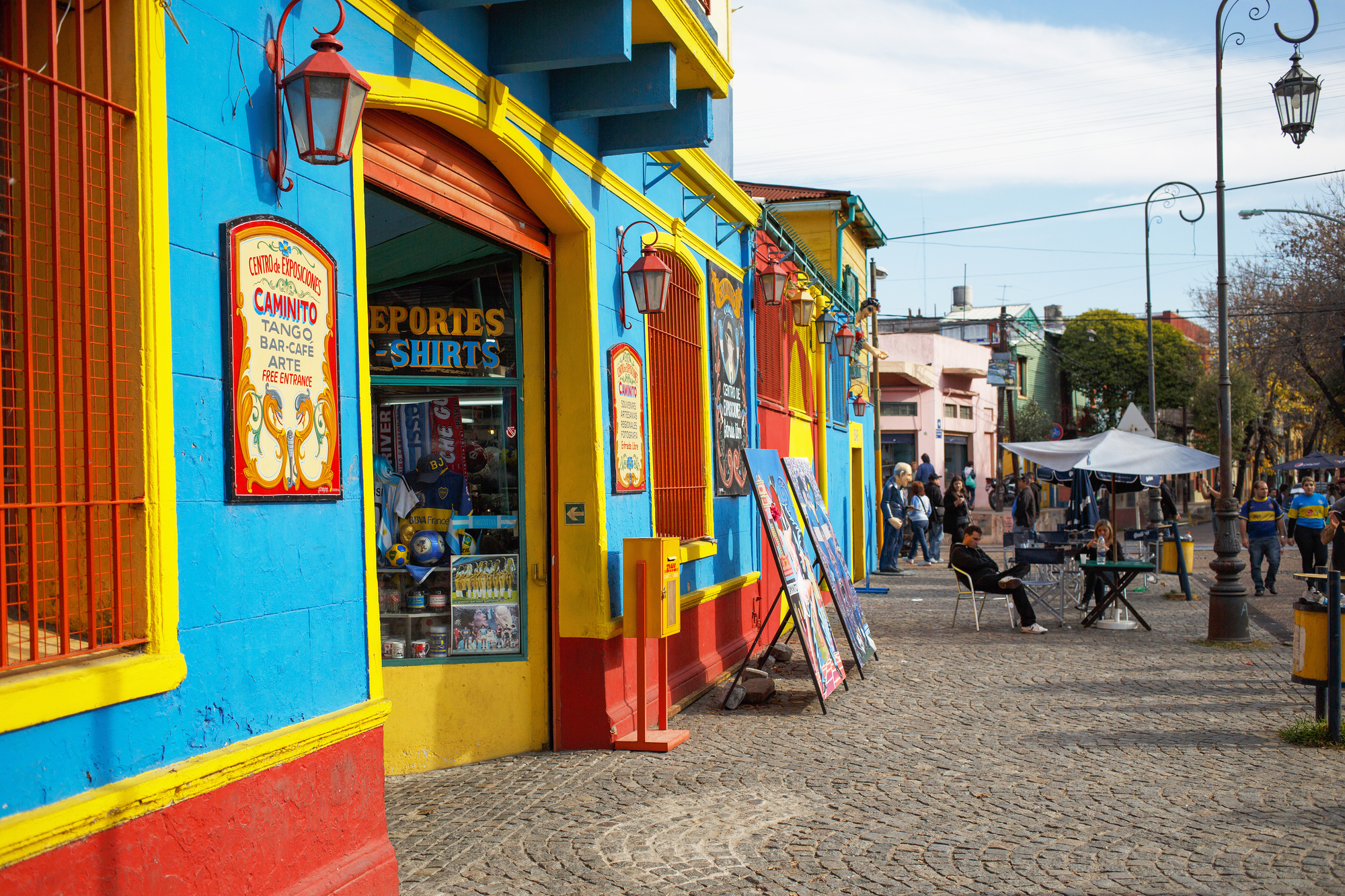
Famous for its colorful Caminito street, this working-class port neighborhood offers much more than tourist attractions, with authentic street art reflecting its proud immigrant heritage and working-class identity. The area surrounding Fundación PROA contemporary art museum features murals depicting dock workers, tango dancers, and scenes from everyday porteno life in richly saturated colors.
Visit the recently restored warehouses near Benito Pérez Galdós street, where designated graffiti zones host rotating exhibitions of experimental spray can techniques.
San Telmo

The oldest neighborhood in Buenos Aires blends colonial architecture with contemporary street art that often references the area’s complex history. Hidden courtyards and market alleyways reveal unexpected stencil works and paste-ups commenting on everything from politics to football culture.
Explore the streets surrounding Plaza Dorrego early in the morning before the crowds arrive to photograph works by renowned local artists like Cabaio and Pum Pum against the backdrop of centuries-old buildings.
Barracas
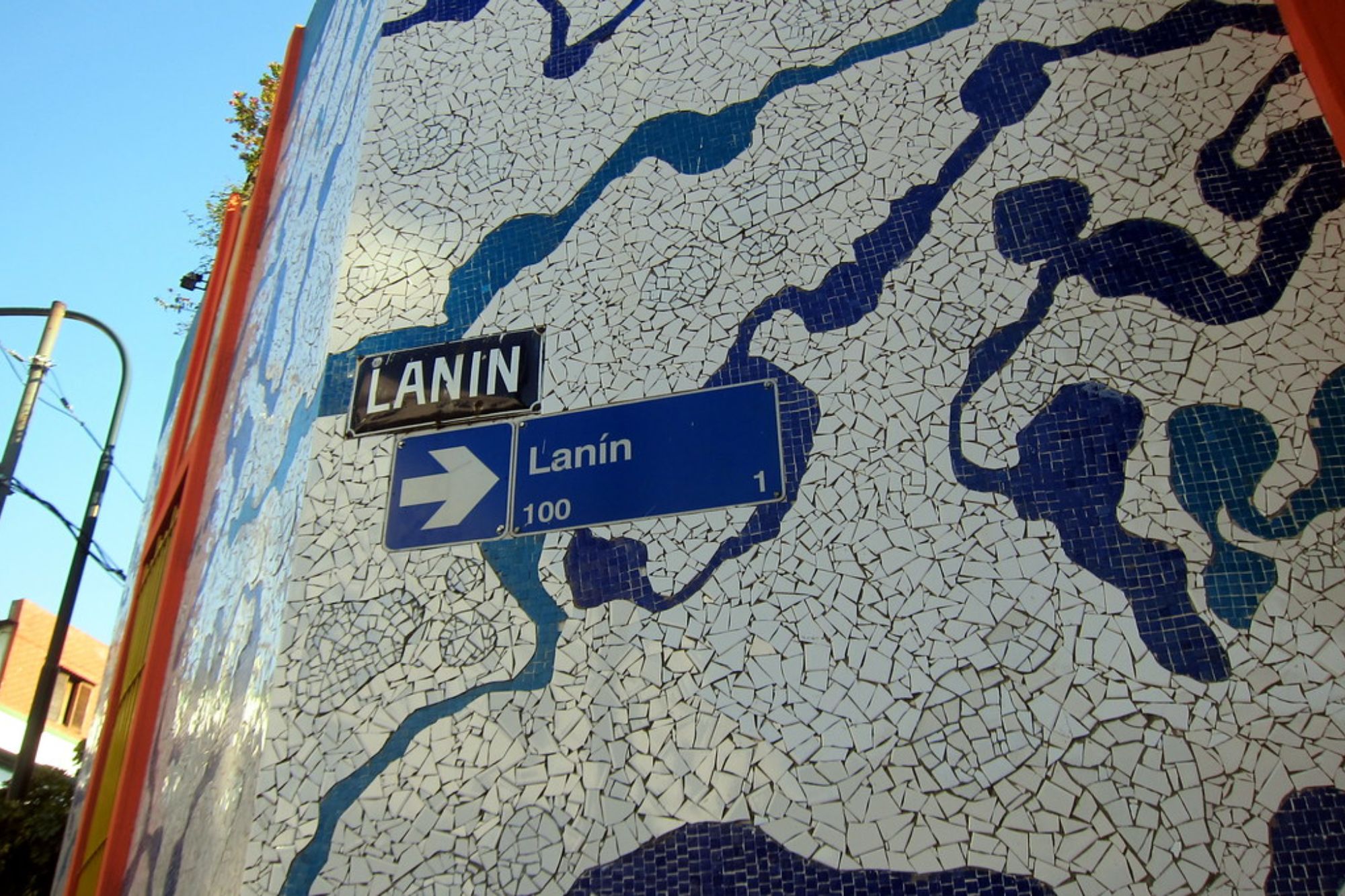
This former industrial district now serves as the canvas for the city’s most ambitious mural projects, including works commissioned through the government-supported program ‘Distrito de las Artes.’ The area surrounding Lanín Street features entire building facades transformed by artists using techniques that blend traditional South American imagery with contemporary urban styles.
Visit the cultural center housed in the former Alpargatas factory, where regular street art workshops allow visitors to learn spray painting techniques from established artists.
Like Travel Pug’s content? Follow us on MSN.
Chacarita
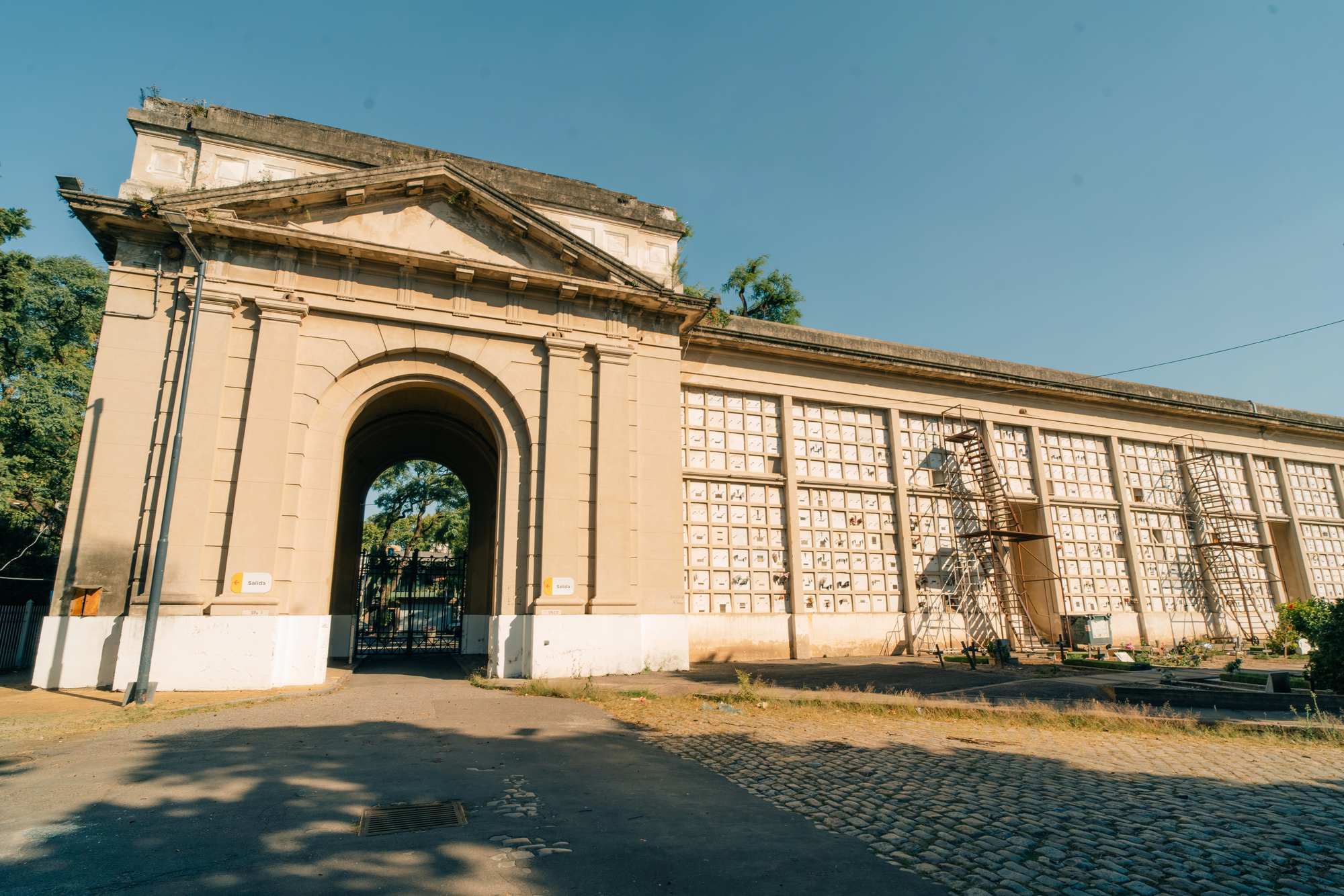
Home to the famous cemetery, this neighborhood also hosts some of the city’s most contemplative and philosophical street art dealing with themes of memory and mortality. The quiet residential streets contain subtle interventions ranging from miniature installations in tree hollows to massive existential murals spanning apartment buildings.
Look for the recent series of collaborative works near Jorge Newbery Station, where international artists have created visual dialogues with local creators around themes of cultural exchange.
Almagro
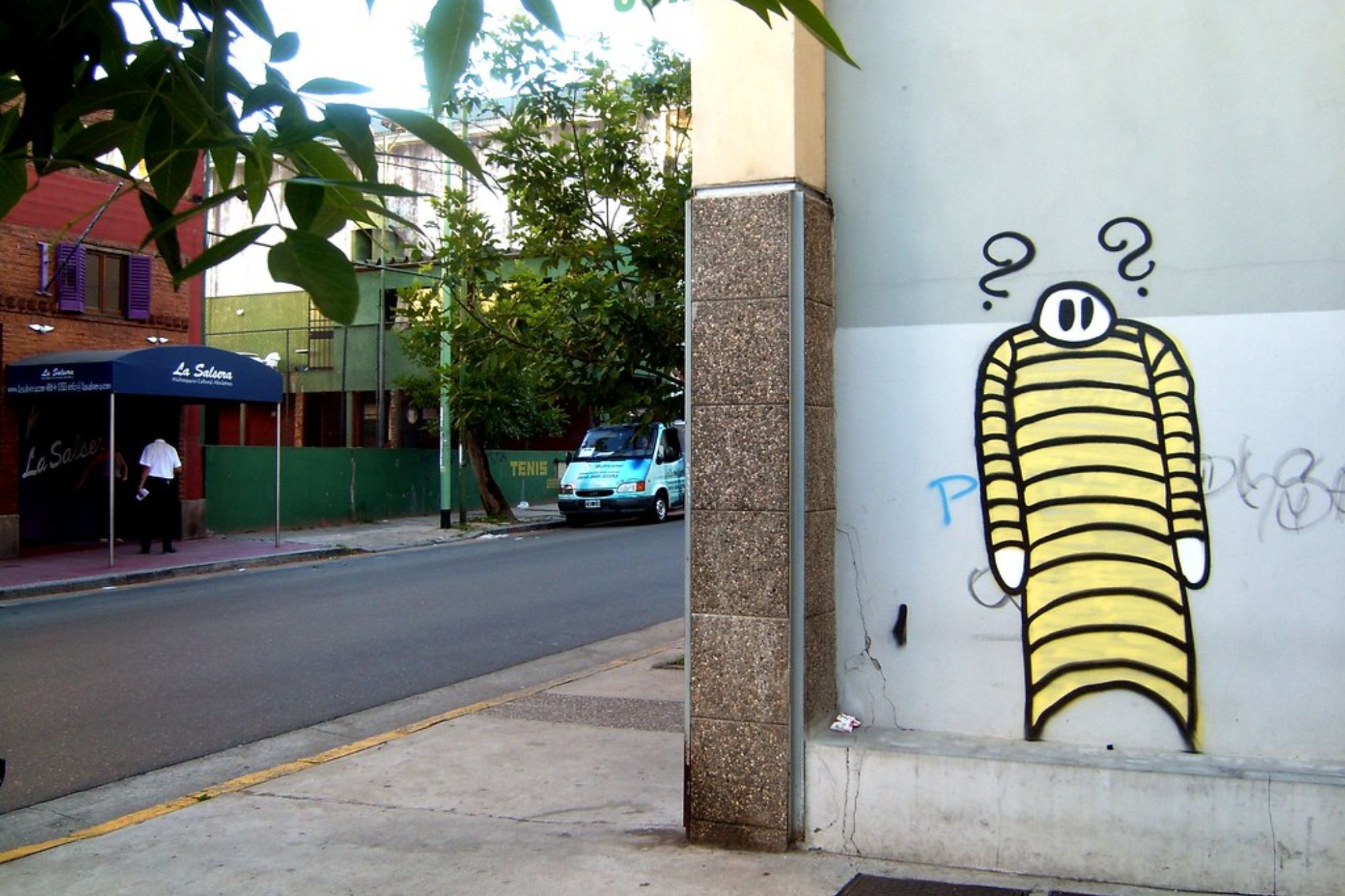
This central neighborhood represents the birthplace of Buenos Aires’ distinctive fileteado style, a traditional decorative technique that has influenced many street artists through its ornate lettering and vibrant color schemes. The area surrounding Abasto Shopping Mall features works honoring Carlos Gardel and other cultural icons through contemporary reinterpretations of this historical, artistic language.
Visit during the annual Fileteado Festival, usually held in April, when artists demonstrate traditional techniques that continue to influence modern street art aesthetics.
Recoleta
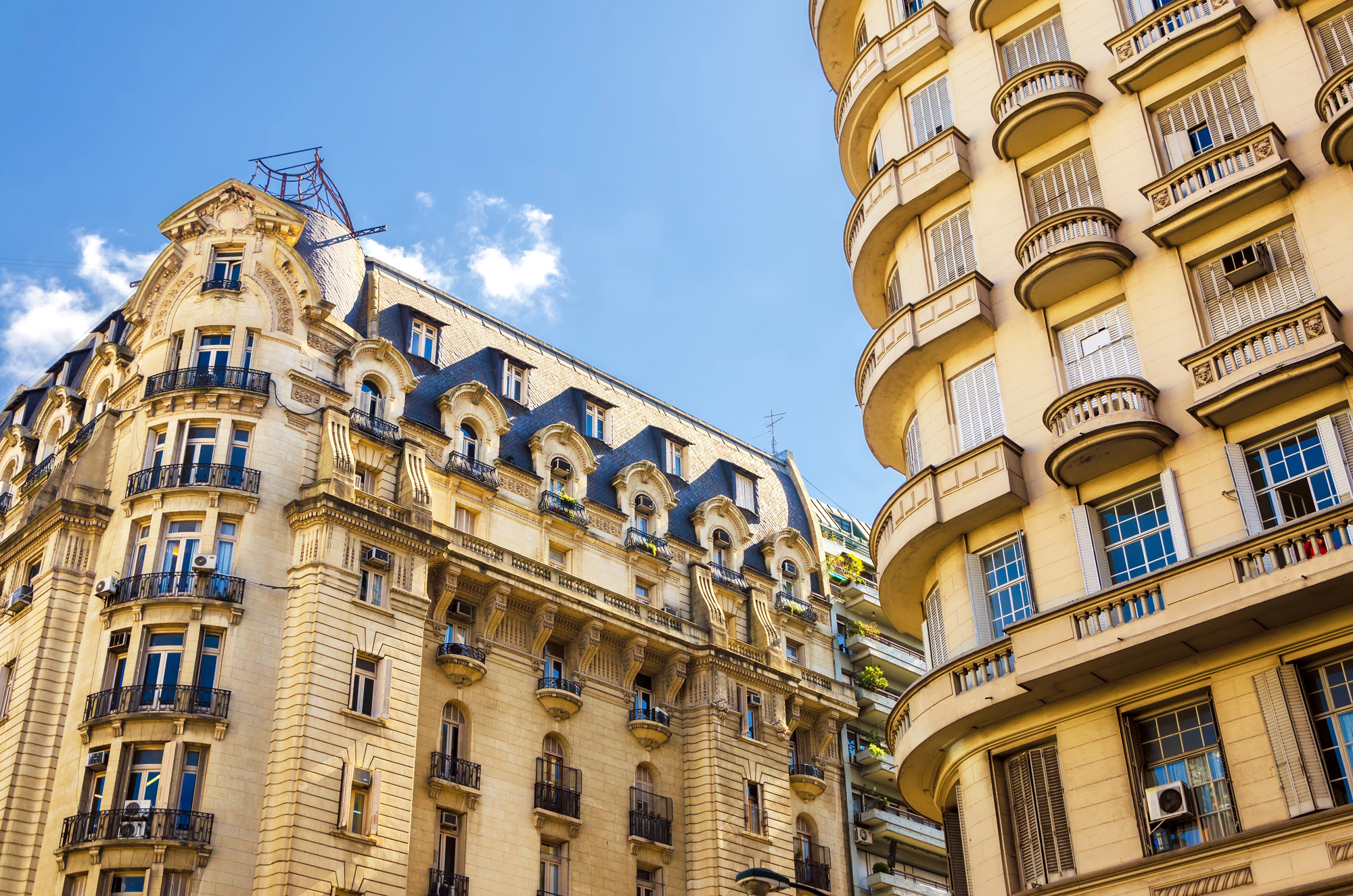
Even this upscale district known for its famed cemetery has embraced street art, with subtle yet powerful works appearing in unexpected locations around its manicured parks and exclusive avenues. The contrast between traditional wealth and provocative street expressions creates particularly interesting juxtapositions throughout the neighborhood.
Explore the small passages near Avenida Alvear, where stencil works by anonymous collectives deliver pointed social commentary within one of the city’s most privileged enclaves.
Like Travel Pug’s content? Follow us on MSN.
Microcentro
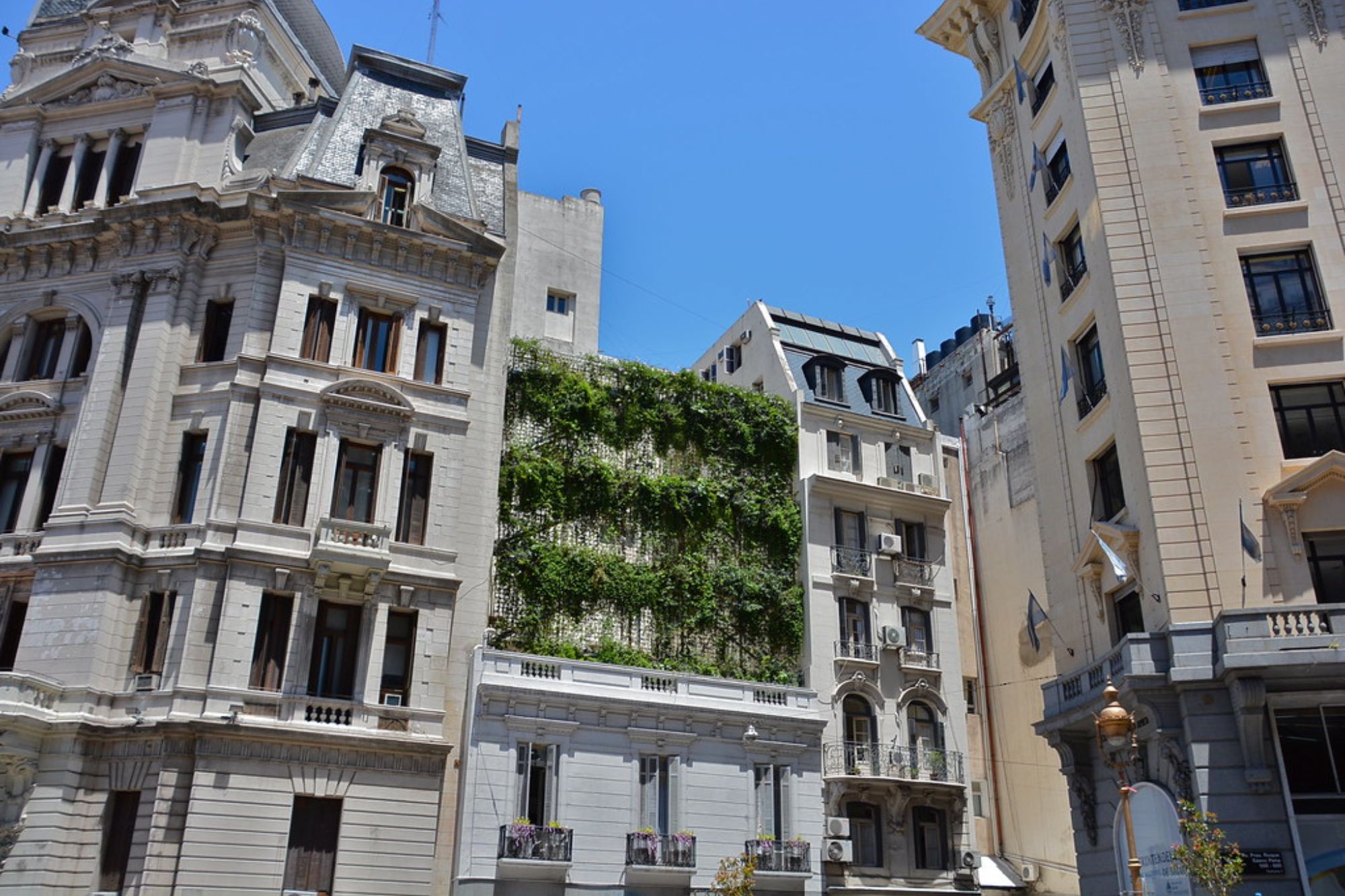
The bustling downtown business district contains surprising pockets of artistic resistance, with political stencils and ephemeral works appearing and disappearing with remarkable frequency around government buildings. The shifting nature of these works reflects the ongoing dialogue between citizens and authority that characterizes much of Argentine street art.
Visit during weekends when the area is quieter to spot the easily-missed miniature sculptures and installations hidden within plain sight around Plaza de Mayo.
Once

This diverse commercial neighborhood with strong immigrant influences features multilingual street art reflecting its position as a cultural crossroads within the city. Many works explicitly address issues of migration, cultural identity, and labor rights through powerful imagery and text in multiple languages.
Stop by the cultural center on Pueyrredón Avenue that hosts monthly street art film screenings documenting the neighborhood’s evolving visual landscape and the communities that shape it.
Villa Urquiza
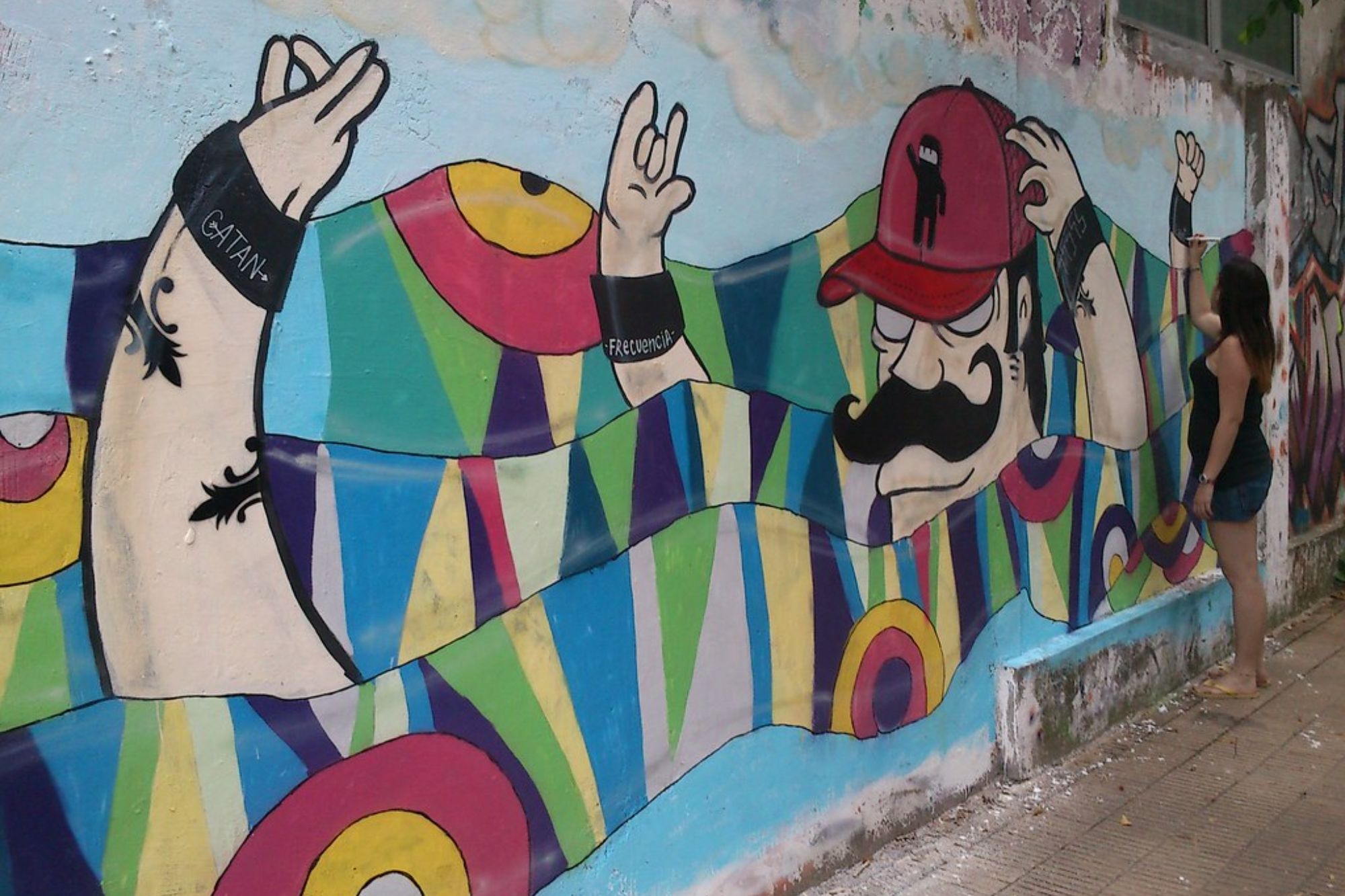
This residential area might seem an unlikely street art destination, but it houses some of the city’s most technically impressive hyperrealistic murals created through the city’s participatory neighborhood improvement initiatives. Local community groups collaborate with artists to create works celebrating the area’s unique history and contemporary identity.
Visit the recently completed mural series surrounding the central plaza that chronicles the neighborhood’s evolution through meticulously detailed portraits of notable residents past and present.
Like Travel Pug’s content? Follow us on MSN.
Puerto Madero
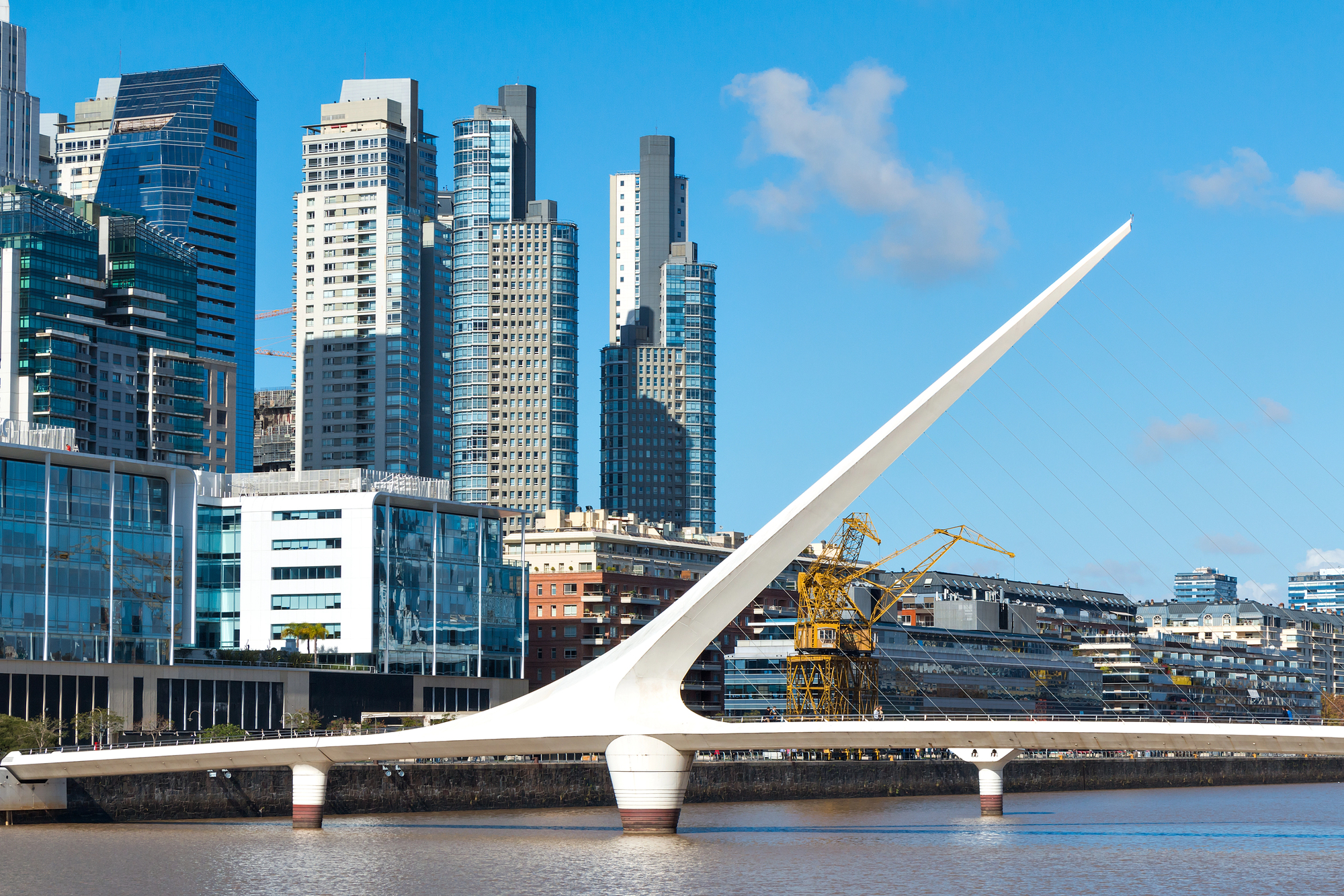
The city’s renovated docklands area presents a fascinating contrast of corporate architecture and subversive street art that comments on gentrification and urban development. The ecological reserve adjacent to this upscale district features environmental-themed murals created with experimental sustainable materials and natural pigments.
Check out the massive collaborative works beneath the Woman’s Bridge, where annual street art interventions transform the concrete supports with themes related to Argentina’s economic history.
Saavedra

This quiet residential neighborhood has become an unexpected street art incubator thanks to several artist-run cultural centers established in converted factories. The streets surrounding Saavedra Park feature collaborative murals focusing on intergenerational dialogue, with older residents’ stories translated into visual narratives by young artists.
Visit during the neighborhood’s monthly cultural night when studios open their doors and new murals are frequently unveiled with community celebrations.
Parque Patricios
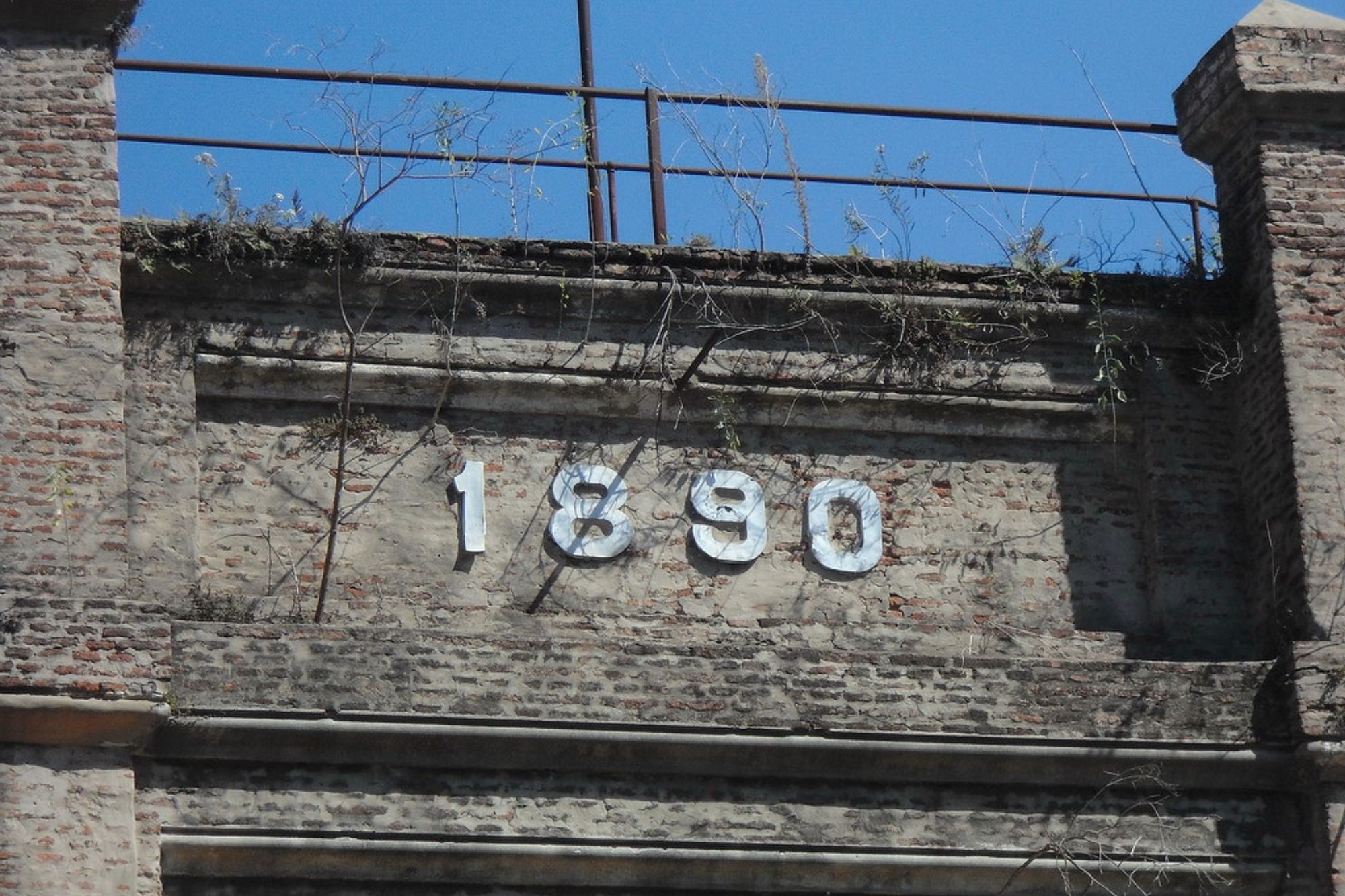
Once primarily industrial, this revitalized neighborhood now hosts the technology district where innovative street art incorporates interactive and digital elements alongside traditional techniques. Several buildings feature augmented reality components that allow visitors to view animated extensions of physical murals through their smartphones.
Explore the area around Uspallata Street, where tech companies have sponsored large-scale works exploring the relationship between digital culture and urban space.
Like Travel Pug’s content? Follow us on MSN.
Urban Canvas Revolution
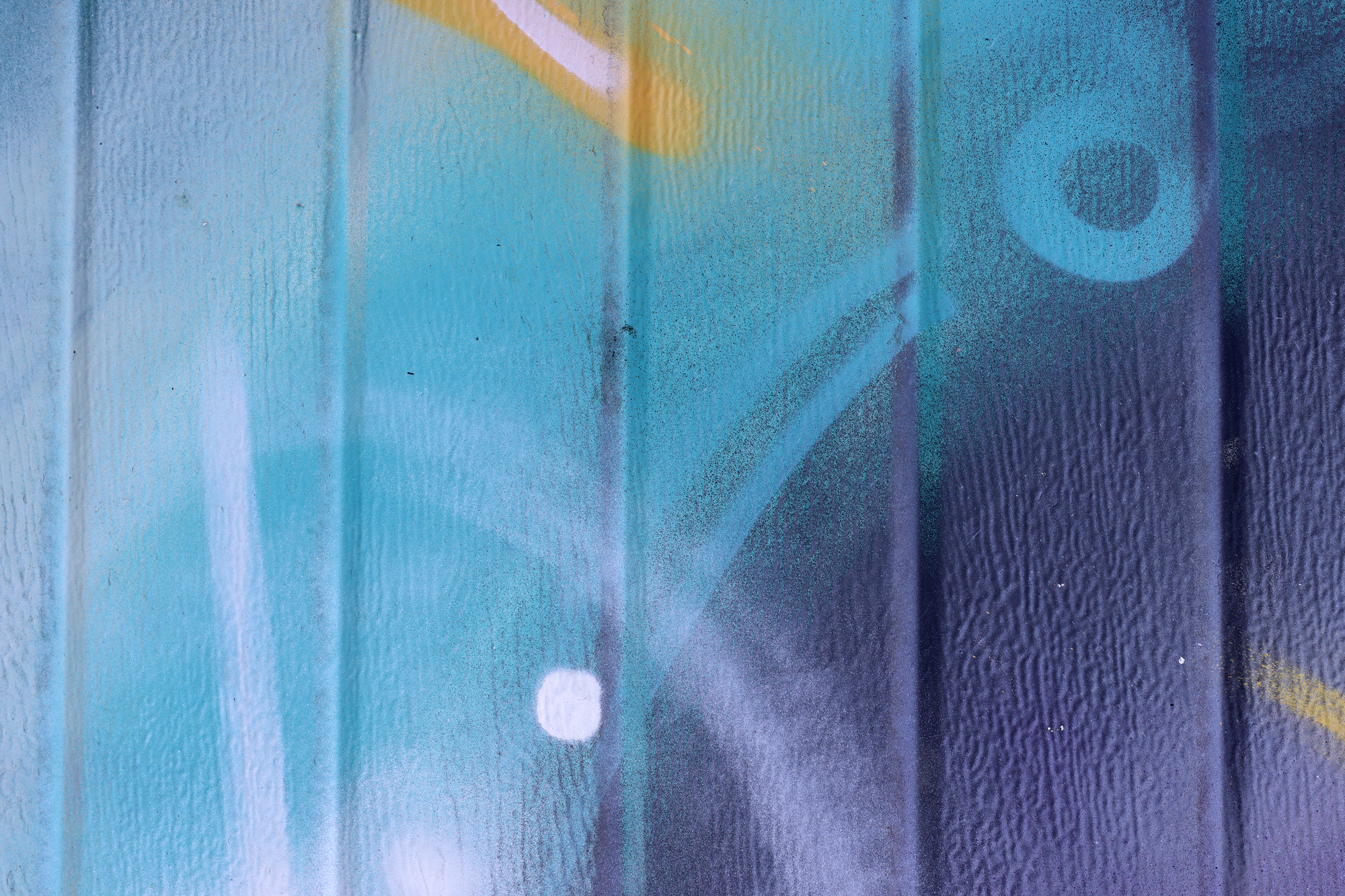
Buenos Aires’ street art scene continues to evolve as new generations of artists build upon the city’s rich tradition of public expression and political commentary. These works represent more than mere decoration—they embody the city’s resilient spirit and commitment to accessible cultural experiences beyond museum walls.
Whether exploring organized street art tours or simply wandering the neighborhoods with an observant eye, visitors discover that in Buenos Aires, the most compelling galleries exist in the open air, free for everyone to experience regardless of background or circumstance.
More from Travel Pug

- Cities Growing so Fast You Won’t Recognize Them in 10 Years
- 13 Destinations Where Tourists Regularly Regret Their Trip
- 20 Obscure WWII Sites Even History Buffs Don’t Know About
- 10 Under-the-Radar Mountain Towns That Are Both Affordable and Beautiful
- Remote Villages in Europe Where You Can Live for Free in Exchange for Work
Like Travel Pug’s content? Follow us on MSN.
